Past Events
Interested in Cotsen events? Sign up for our mailing list.
Speaker:
Roxanne Radpour
Ph.D. candidate, UCLA
Contact Sumiji Takahashi
Email sutakahashi@ioa.ucla.edu
Phone 310-825-4169
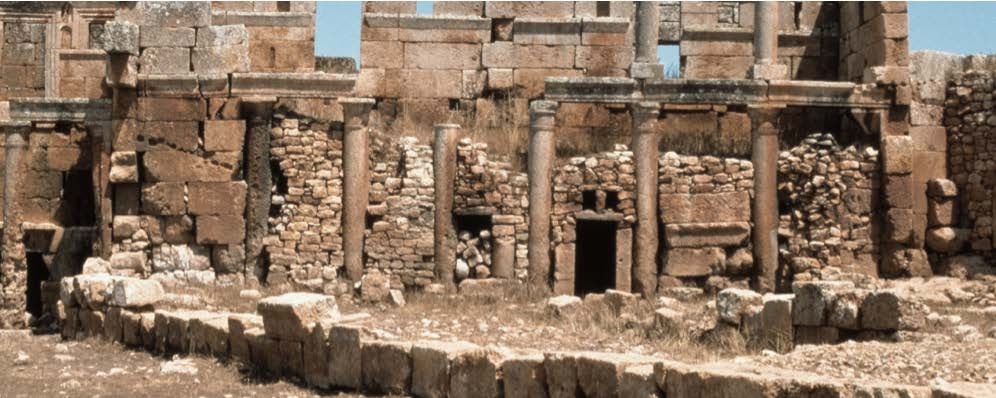
Speaker:
Dr. Ann Marie Yasin
Associate Professor of Art History and Classics
USC
Contact Sumiji Takahashi
Email sutakahashi@ioa.ucla.edu
Phone 310-825-4169
Speaker:
Dr. Stella Nair
Associate Professor
UCLA, Dept of Art History
Contact Sumiji Takahashi
Email sutakahashi@ioa.ucla.edu
Phone 310-825-4169
Speaker:
Dr. Kathleen Lynch
University of Cincinnati
Abstract:
Athenian pottery was exported throughout the Mediterranean in the Classical Period. Perhaps surprisingly, it found eager consumers in the Persian Empire, or rather, in territory controlled by the Persians during the Greek Classical period. The presentation will consider what the imported Greek pottery meant in the context of the Achaemenid empire, with a special focus on Gordion in central Turkey. The former Phrygian capital turned Persian outpost is an anomaly with its abundant, high quality Athenian pottery. Typically Athenian pottery tends to be found in coastal settlements of the eastern Mediterranean, but Gordion is 500 km from any coast. What was the appeal of Athenian pottery?
Contact Sumiji Takahashi
Email sutakahashi@ioa.ucla.edu
Phone 310-825-4169
Speaker:
Dr. Sonia Zarrillo
Postdoctoral Fellow
Cotsen Institute of Archaeology, UCLA
Abstract:
Throughout human history, from our earliest ancestors through to modern societies, plants were of vital significance. They have been essential to diet, used as medicines and in ceremonies, fashioned into a myriad of tools, containers, adornments, and musical instruments, depicted in artwork and used as emblems, and relied on as a source of fuel and building material.
Paleoethnobotany, or archaeobotany, is the study of the interrelationships between people and plants in the past. More specifically, paleoethnobotany is the recovery, analyses, and interpretation of plants from archaeological contexts to answer questions of behavior and ecological interactions between past peoples and plants.
In this lecture, case studies from past and current research – from the northern Plains of North America to the South American Andes – will be presented to illustrate the range of knowledge to be gained from paleoethnobotanical studies, followed by research and volunteer opportunities for students and the interested public.
Contact Sumiji Takahashi
Email sutakahashi@ioa.ucla.edu
Phone 310-825-4169
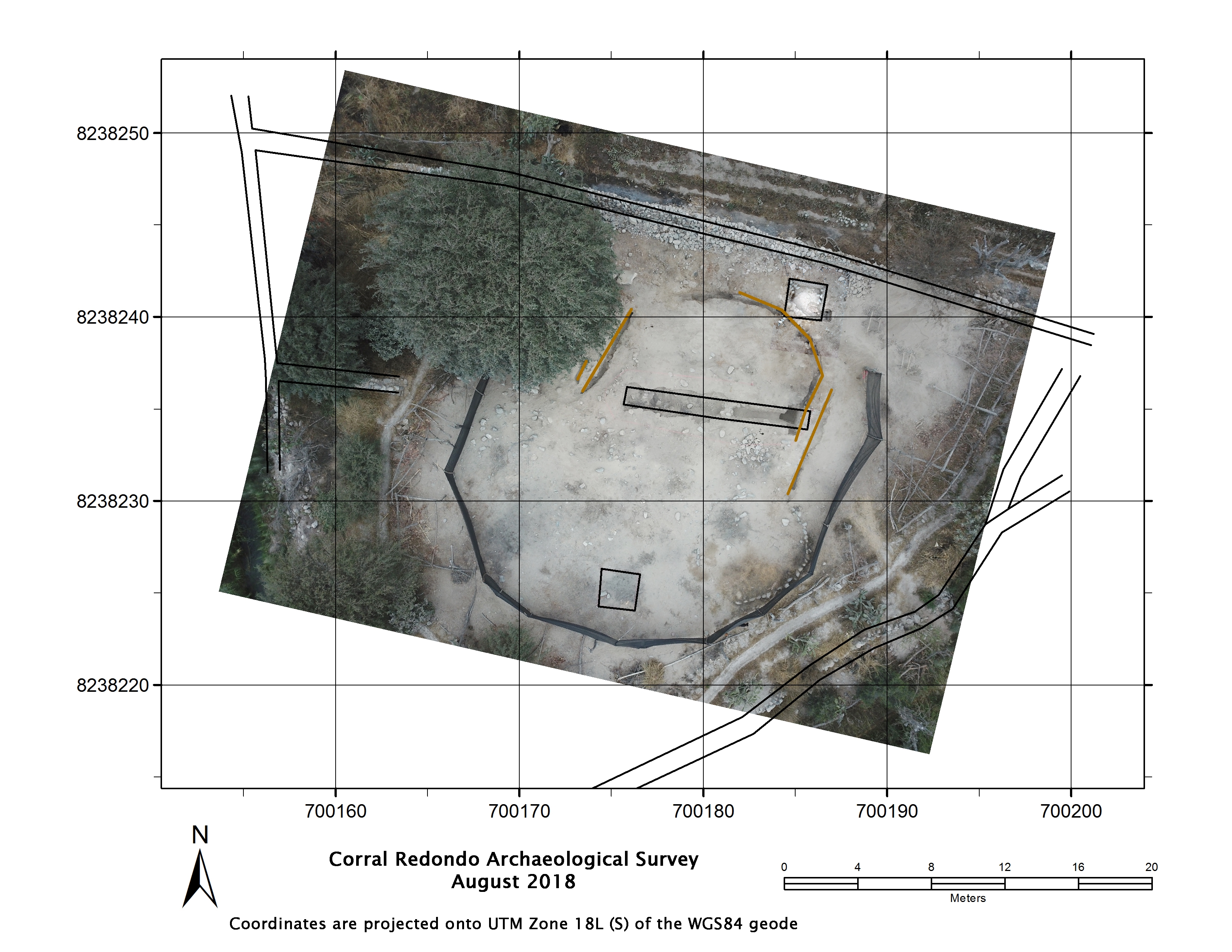
Corral Redondo, Peru: 75 Years Later
Dr. Hans Barnard, UCLA
Dr. Danny Zborover, Institute for Field Research
Vanessa Muros, UCLA
ABSTRACT
Corral Redondo is located in southern Peru, where the Chorunga River joins the Ocoña River on its way from the Andes to the Pacific Ocean. In 1943 Corral Redondo briefly shot to fame after local villagers discovered the site and recovered 96 Wari period (ca. 600‒1000 CE) blue-and-yellow feathered panels, stored inside eight large ceramic face-neck jars. Inka period (ca. 1450‒1550 CE) silver and bronze vessels, as well as gold and silver figurines of camelids and humans, dressed in miniature garments, were found elsewhere on the site. The type and number of artifacts found suggests that the site functioned as a ceremonial compound in both Wari and Inka times. However, because the site was looted and the finds dispersed to museums in Peru and elsewhere, all archaeological information associated with them has obviously been lost. In the summer of 2018 a team from the Cotsen Institute, the University of Chicago, the Institute for Field Research,and local archaeologists visited the Ocoña Valley to investigate and record the remains of Corral Redondo and its wider environs. In this presentation, the first results of this ongoing research endeavor will be discussed.
Contact Sumiji Takahashi
Email sutakahashi@ioa.ucla.edu
Phone 310-825-4169
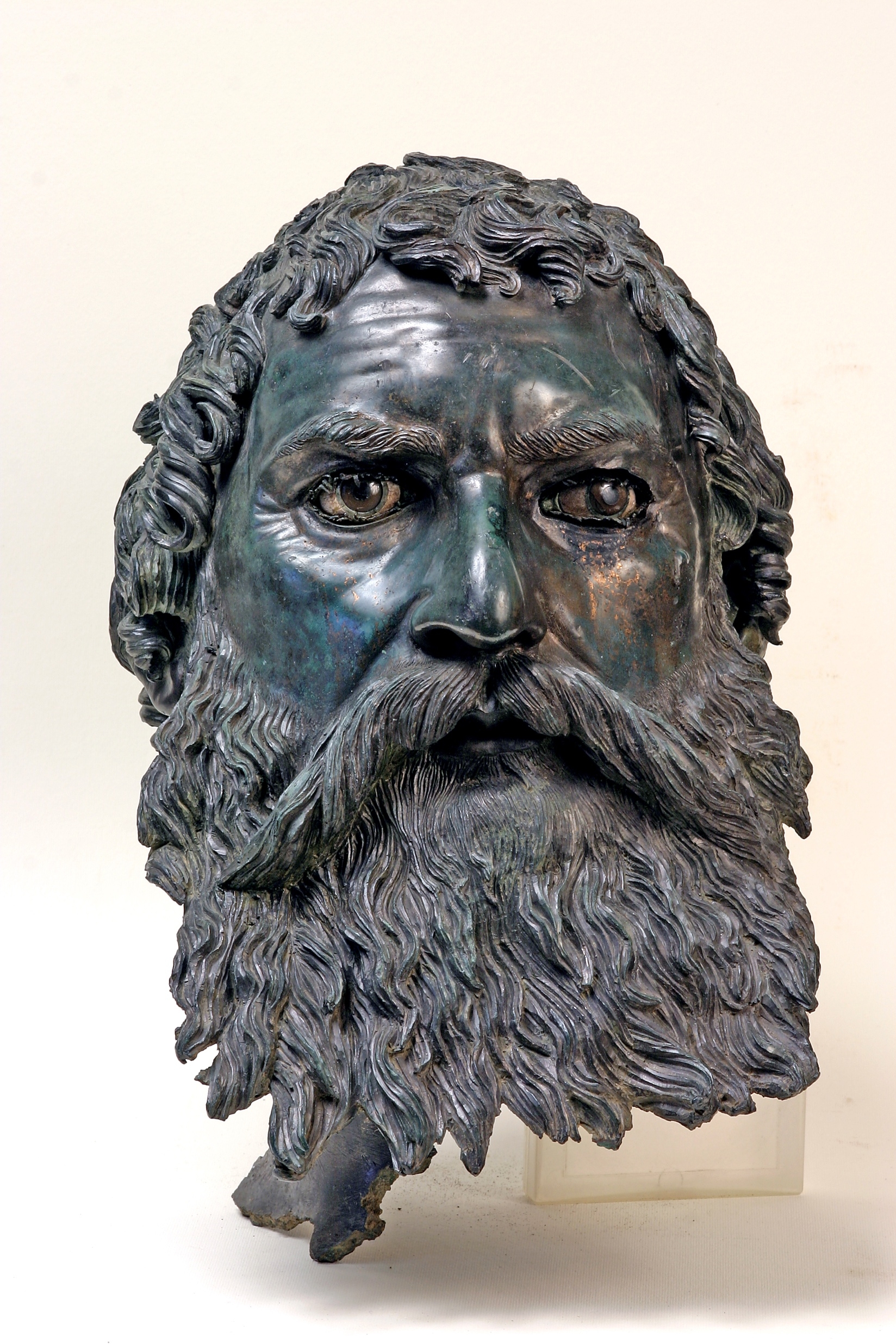
Ivan Vasilev
Founder and CEO
Balkan Heritage Foundation
ABSTRACT:
Occupying the eastern part of the Balkans along the Western Black Sea shore, Bulgaria has a rich and diverse archaeological heritage. Within its borders are the remains not only of the early humans and Neolithic farmers, but also of the arguably Europe’s oldest civilization dating to the 5th millennium BCE. A very significant share of the country’s archaeological heritage belongs to the civilizations of the ancient Thracians, Greeks, Macedonians and even Persians as well as Celts, Romans, Byzantines, medieval Bulgarians and Ottomans. The country has more than 150,000 registered archaeological sites, thousands of historic sites and millions of archaeological artifacts kept in around 300 museums and collections, which means Bulgaria ranks with Greece, Italy and France as Europe’s archaeologically richest countries.
Bulgaria’s archaeological heritage received the interest of European scholars in the second half of the 19th century, not much before the country received autonomy from the Ottoman Empire in 1878. However, the beginning of the archaeological investigation in the country dates to both decades around the turn of the century (1890s-1900s). It was encouraged and supported backed-up and triggered by the development of relevant research and museum infrastructure across the country. The National Archaeological Museum was established in 1892 and the Bulgarian Archaeological Society (later National Archaeological Institute) was established in 1901.
Archaeologists have been unearthing the evidence about the past of these lands for more than a century. The current presentation will review their greatest achievements and discoveries while introducing the country’s rich potential for research. It will start with a review of the finds from Kozarnika Cave - one of the earliest Paleolithic sites in Europe, the “world’s oldest gold” found in Varna and the richest collection of Attic vases outside Athens. Then it will highlight treasures and tombs of Thracian royalty along with important monuments and cities of ancient Greeks, Romans, Byzantines and medieval Bulgarians.
Contact Sumiji Takahashi
Email sutakahashi@ioa.ucla.edu
Phone 310-825-4169
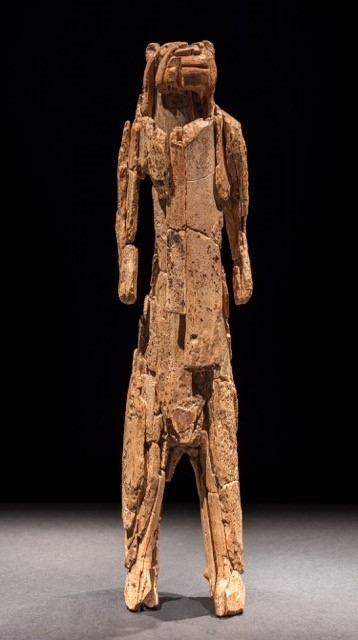
Dr. Avinoam Shalem
Department of Art History and Archaeology
Columbia University
Abstract:
In this lecture, I would like to challenge the specific art historians’ interest in the question of the earliest and the first-in-sequence work of art. My inquiry does not aim at disregarding this query as a legitimate one or criticizing the art historian’s obsession with this mode of investigation. On the contrary, I would like to ponder on the benefit that art historians gain from locating specific art works as the earliest or the first of their kind. Moreover, I would like to disclose the historical trajectory of this method, namely the first medieval scholarly quests for defining and demarcating the earliest. Thus, my aim is to set this mode of research in its historical context and, hopefully, raise further critical points about our regarding of this approach as scholarly method, for its bad and good reasons alike.
Contact Sumiji Takahashi
Email sutakahashi@ioa.ucla.edu
Phone 310-825-4169

Dr. Jonathan Ashley-Smith
Getty Conservation Guest Scholar
Abstract:
This presentation will discuss the inevitability of prediction in conservation activities.
Routine activities such as condition assessment and risk assessment rely on the ability to
predict future environments and future physical and chemical states of objects. Yet for the
results to be useful they have to be presented as positive statements that hide the huge
uncertainties in such predictions. Codes of conservation ethics imply predictions about the
future behaviours of people and objects. Despite the inherent uncertainties of such
predictions, such codes have become the bedrock of the conservation profession.
Contact Sumiji Takahashi
Email sutakahashi@ioa.ucla.edu
Phone 310-825-4169
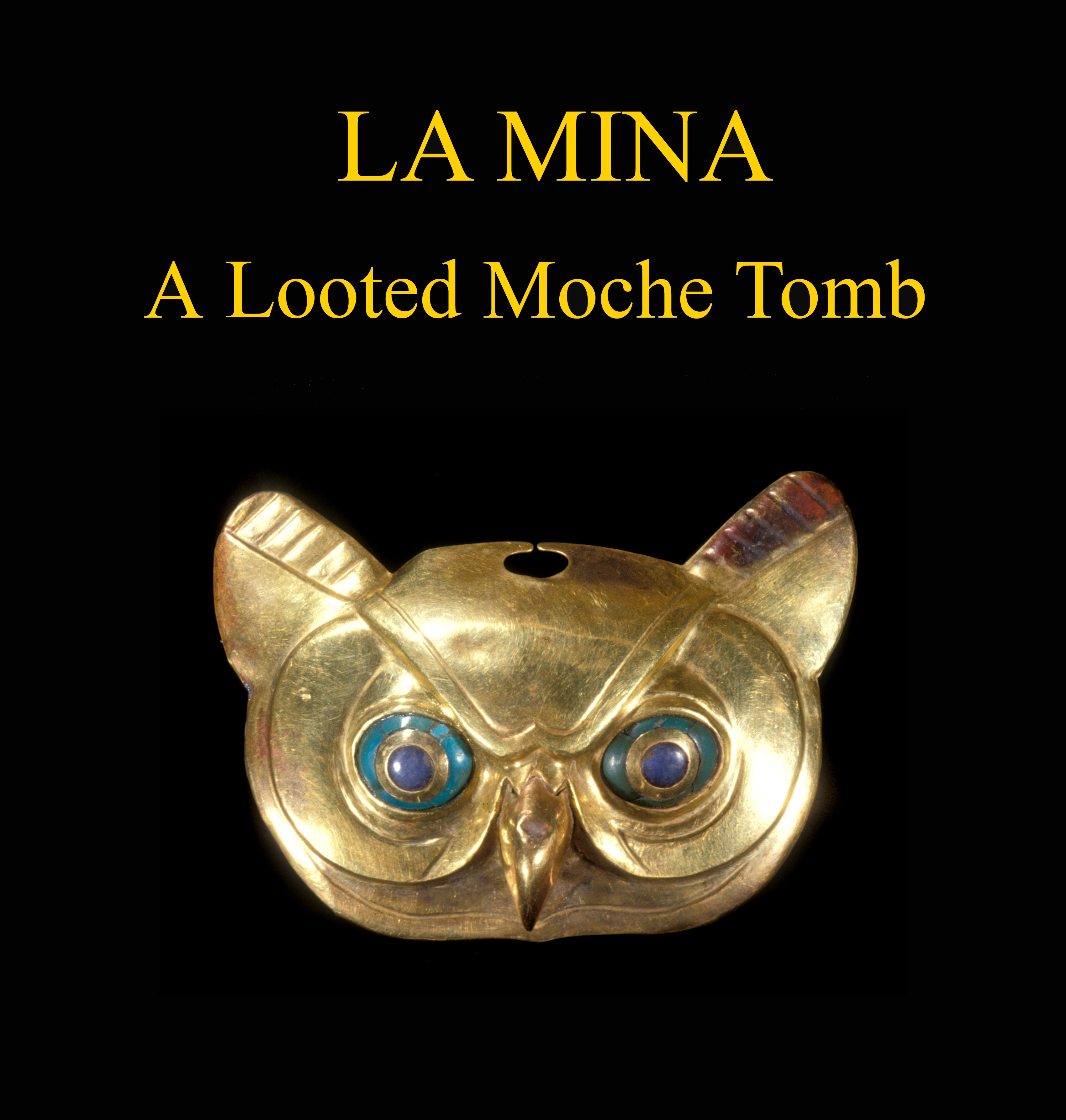
Christopher Donnan, Ph.D.
UCLA Professor Emeritus
Abstract:
This talk focuses on an extraordinarily rich Moche tomb that was looted on the north coast of Peru, the efforts that were made to record the objects that came from it, and how it was possible to learn about its location, construction, and embellishment.
Contact
Email sutakahashi@ioa.ucla.edu
Phone 310-825-4169
- ‹ previous
- 12 of 22
- next ›


